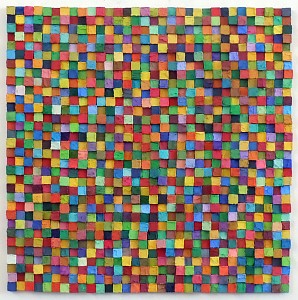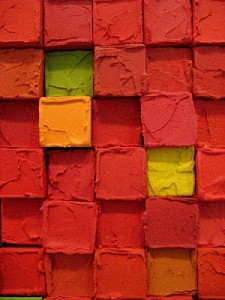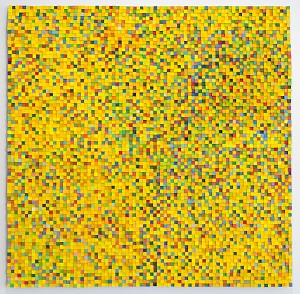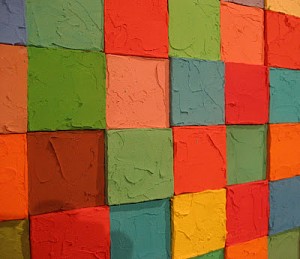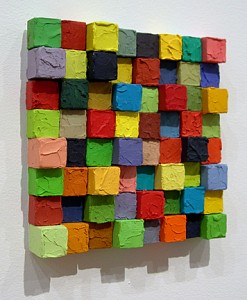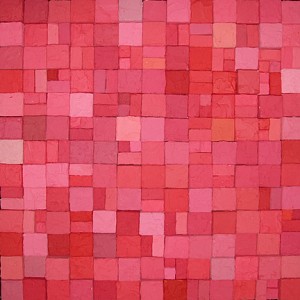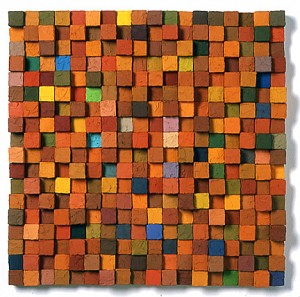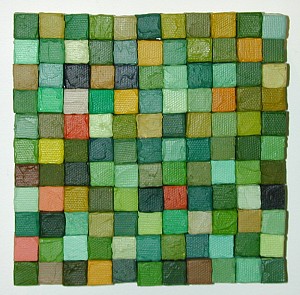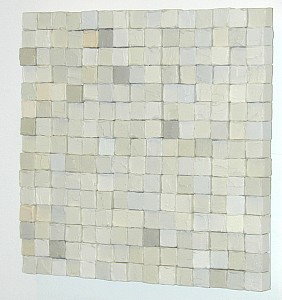GEOFORM: Carlos Estrada-Vega
December 31, 2012 - Geoform
Geoform is an online scholarly resource and curatorial project whose focus is the use of geometric form and structure in contemporary abstract art being made by artists from around the world.
Geoform explores, documents and celebrates the rich diversity of style and aesthetic intent that characterizes this broad vein of contemporary non-objective abstraction. Such diversity attests to the profound resonance that geometric form and structure have had for people across time and place.

